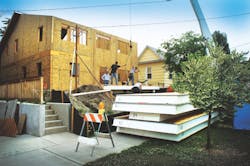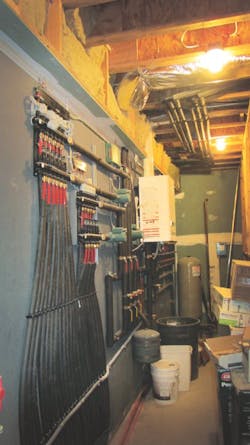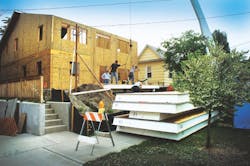Building Science: Zero Energy Ready Homes for All Climates and Price Points
This article is part of an ongoing series highlighting the most significant happenings in the zero-energy-ready home market, covering everything from the Energy Department’s successful partnerships with builders to leading technical innovations. The U.S. Department of Energy’s (DOE) Zero Energy Ready Home program works with a wide range of builders who are dedicated to developing innovative efficiency solutions to ensure outstanding levels of energy savings, comfort, health, and durability that exceed a homebuyer’s expectations. In zero-energy-ready homes, all or most of a home’s annual energy consumption can be offset with renewable energy, significantly reducing annual electricity costs. Across the country, these innovative homes can be built in a variety of climates, resulting in durable, livable homes that achieve the very best in energy performance. More information on the homes below can be found here.



